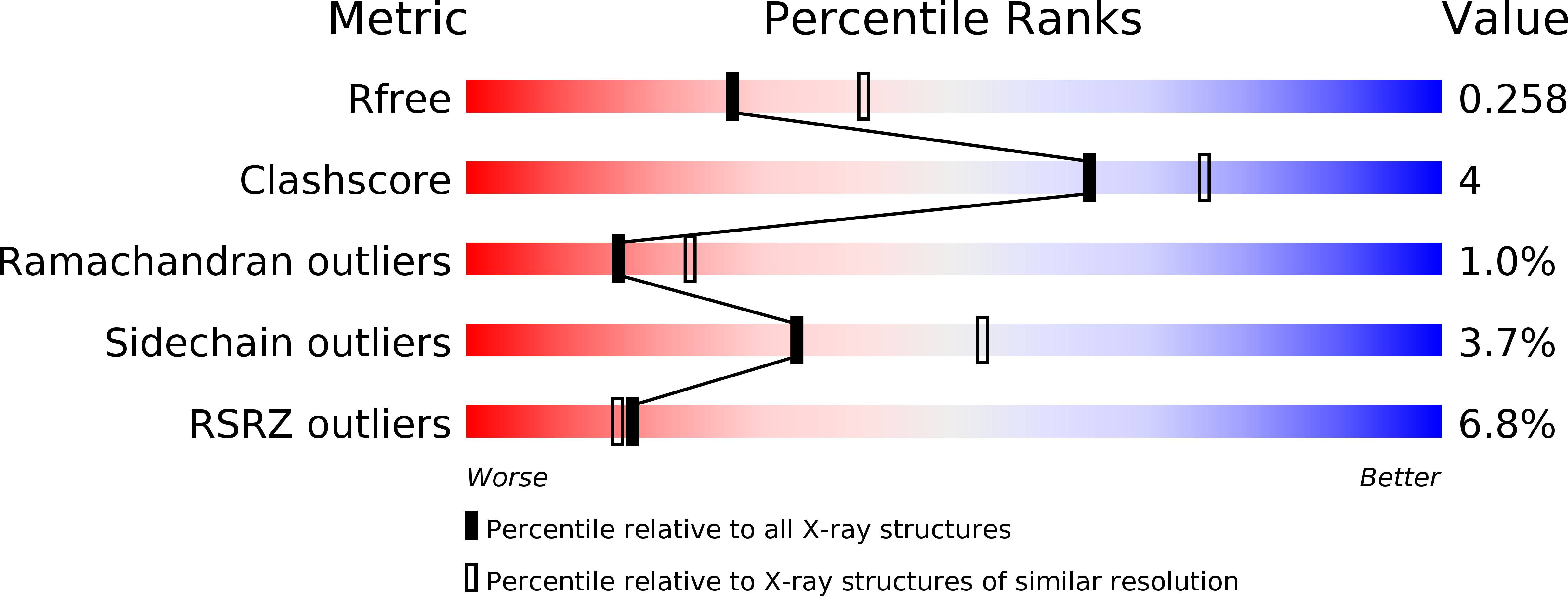
Deposition Date
2013-03-11
Release Date
2014-04-02
Last Version Date
2023-09-20
Entry Detail
PDB ID:
4JKQ
Keywords:
Title:
Crystal structure of the N-terminal region of the human ryanodine receptor 2
Biological Source:
Source Organism:
Homo sapiens (Taxon ID: 9606)
Host Organism:
Method Details:
Experimental Method:
Resolution:
2.39 Å
R-Value Free:
0.26
R-Value Work:
0.22
R-Value Observed:
0.22
Space Group:
P 42 21 2


